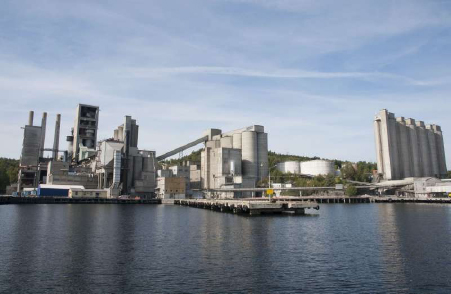HeidelbergCement plans to have the world's first full-scale cement carbon capture & storage facility up and running at its Brevik plant in Norway in 2024.
Funding for the project is being provided by the Norwegian Government as part of Norway's full-scale ‘Longship’ climate investment project.
The high encapsulated carbon content of cement is the main reason concrete is so environmentally damaging as a construction material. And a lot of concrete is used in construction, of course.
The fact that natural stone results in the production of so little CO2 in its extraction and conversion has become a major plank of its marketing - and one that has grown in significance as concern about global warming intensifies.
The carbon capture & storage (CCS) plant at Brevik will capture about half the CO2 that the production of cement puts into the air, meaning some 400,000 tonnes of CO2 a year will be transported off the site for permanent storage elsewhere.
The cement plant at Brevik will still be adding nearly half-a-million tonnes of CO2 to the atmosphere each year, but CCS should enable HeidelbergCement to bring forward its commitment to reducing its 'specific net CO2 emissions per tonne of cementitious material' by 30% compared with 1990. It had intended to reach that target by 2030 but now says it should reach it by 2025.
And it says it should be able to deliver carbon-neutral concrete by 2050 at the latest.

